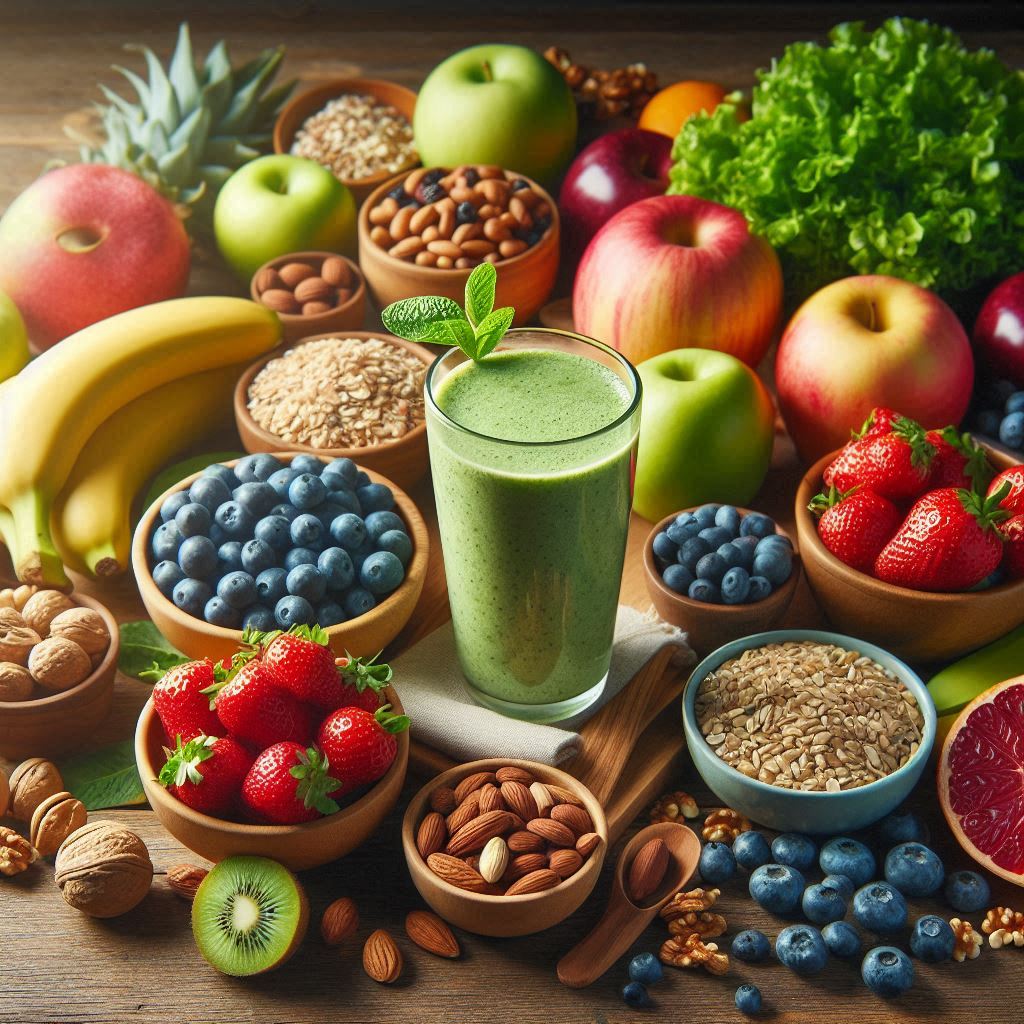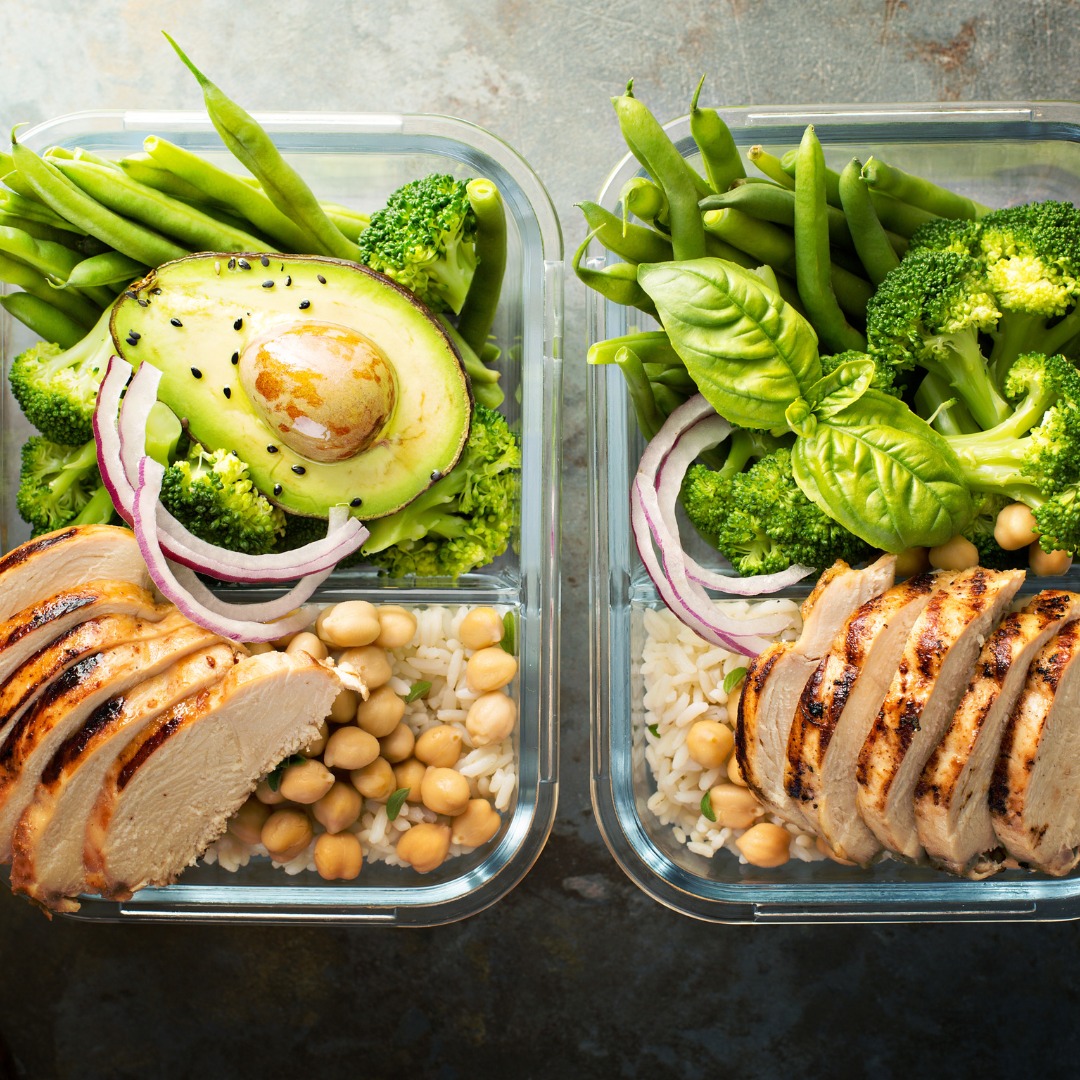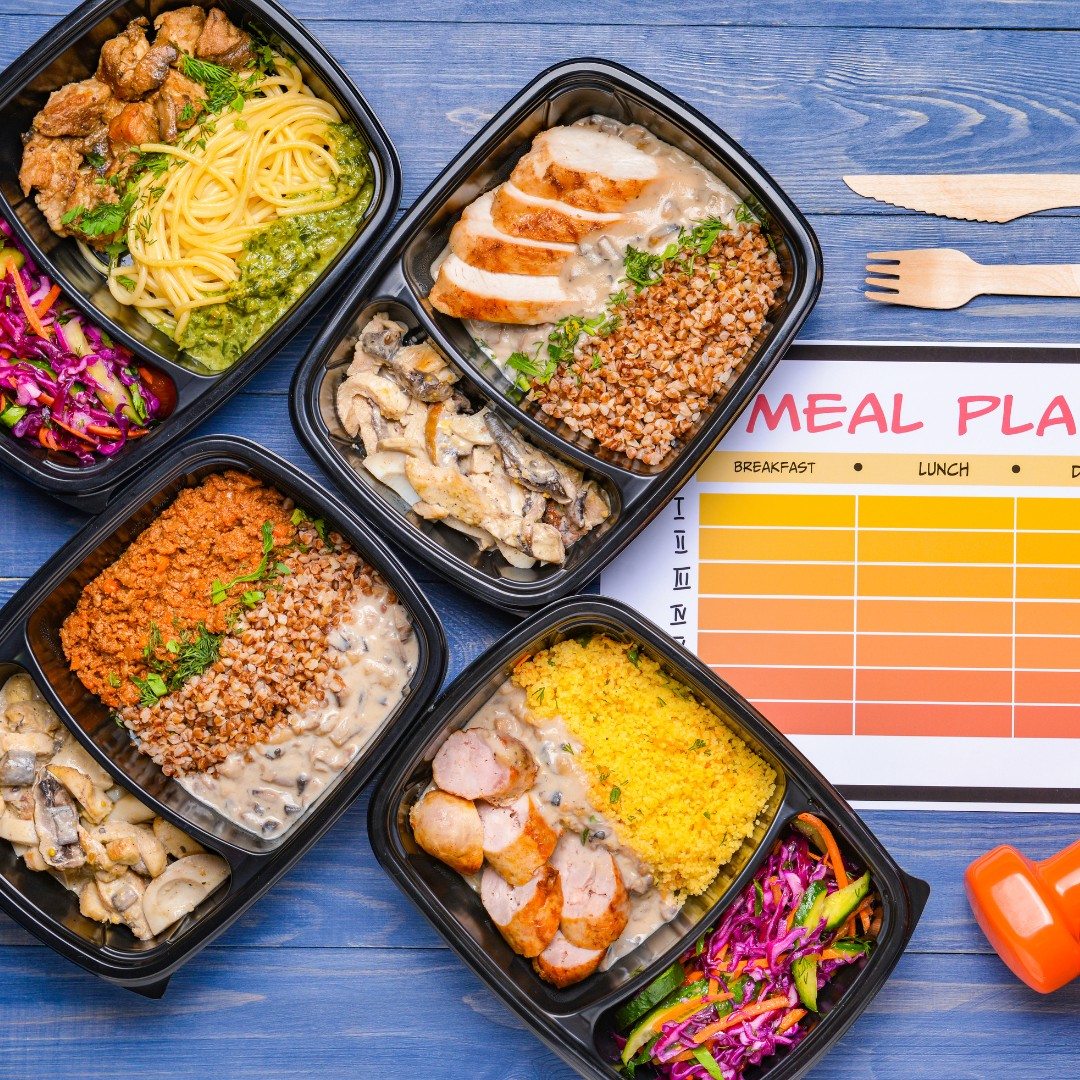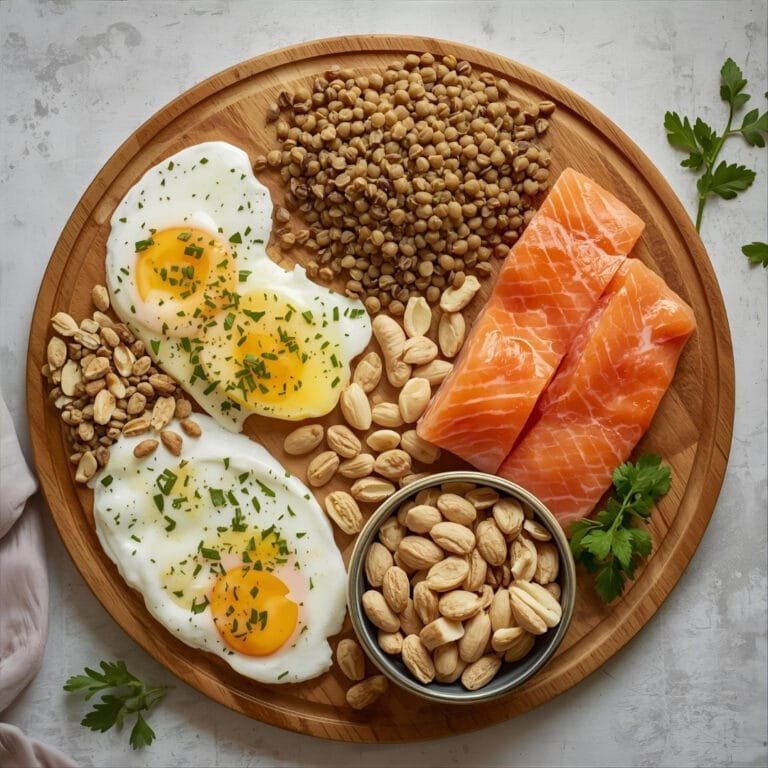Disclosure:
Thank you for reading this post, don't forget to subscribe!
Some of the links on this website are affiliate links. This means that if you click on the link and make a purchase, we may receive a small commission at no extra cost to you. Your support helps us keep the site running.Learn more on my Privacy Policy and Affiliate Disclosure page. Thank you for your support!
Imagine waking up each morning with a spring in your step, ready to tackle the day’s challenges with vigor and enthusiasm. For many, this may seem like a distant dream, but it doesn’t have to be. The food you consume plays a pivotal role in determining your energy levels, mental clarity, and overall quality of life. By understanding which foods to incorporate into your diet, you can transform your daily routine and feel more vibrant and energized.
In this comprehensive guide, we’ll delve into how to eat for energy, emphasizing actionable tips to maintain mental health, physical health, and overall quality of life. Whether you’re a busy professional, a student, or someone looking to enhance their well-being, these tips will help you fuel your day the right way.
READ NEXT:
The Basics of Eating for Energy
Before diving into specific foods, it’s essential to understand the basic principles of eating for energy. These principles form the foundation of a diet that supports both physical and mental well-being.
Balanced Diet
A balanced diet is crucial for sustained energy levels. Ensure that your meals contain a mix of macronutrients: carbohydrates, proteins, and fats. Carbohydrates provide quick energy, proteins support muscle repair and growth, and fats offer long-lasting energy.
Hydration
Water is vital for every cellular function in your body. Dehydration can lead to fatigue, poor concentration, and a decrease in physical performance. Aim to drink at least 8 cups of water daily, and more if you’re physically active.
Regular Meals
Skipping meals can cause your blood sugar levels to drop, leading to energy crashes. Aim to eat three balanced meals and two healthy snacks each day to keep your energy levels stable.
Energy-Boosting Foods
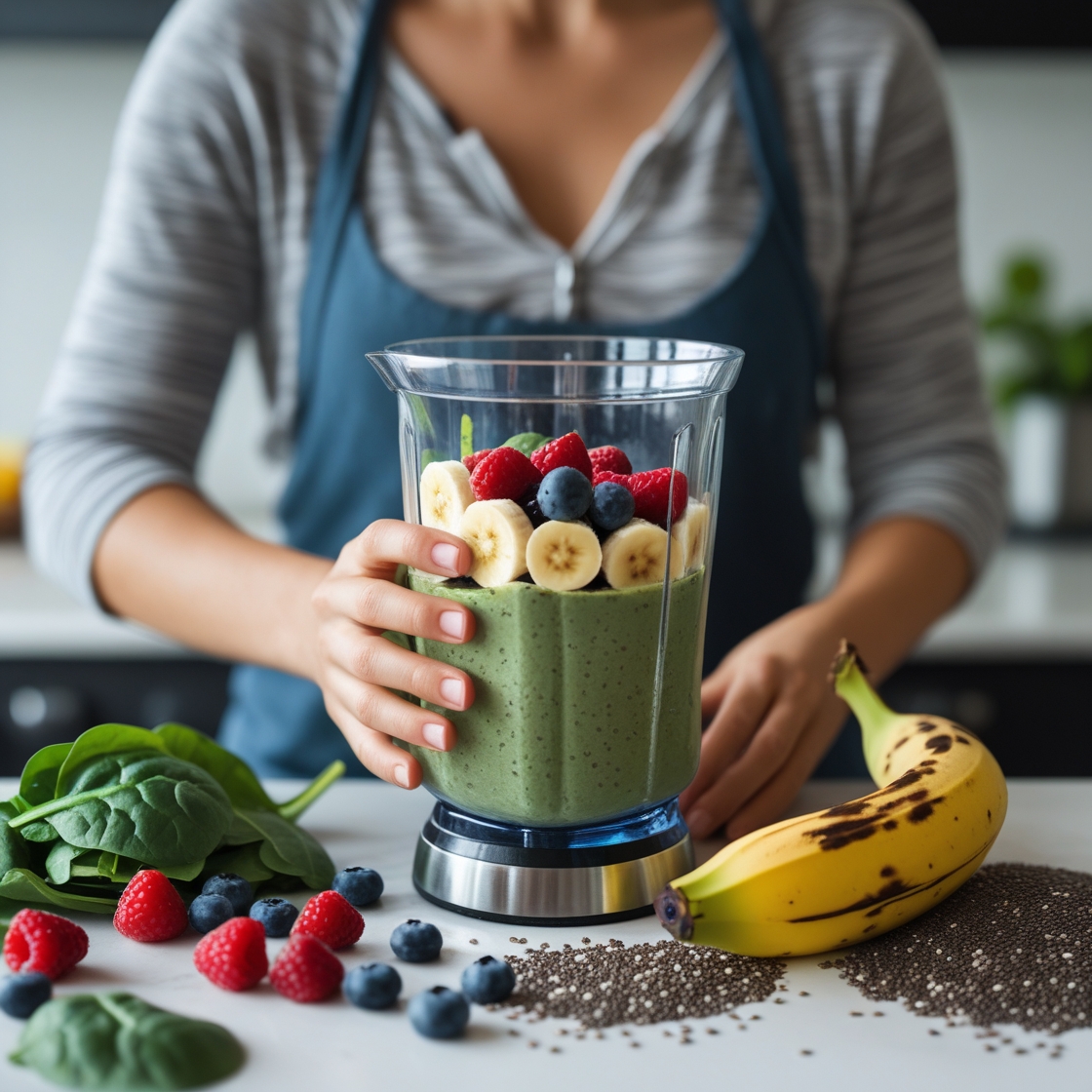
Now that we’ve covered the basics, let’s explore specific foods that can help boost your energy levels and keep you feeling great throughout the day.
1. Whole Grains
Whole grains like oatmeal, brown rice, quinoa, and whole wheat bread provide sustained energy. They are rich in complex carbohydrates, which are broken down slowly, providing a steady release of glucose into the bloodstream.
Why They Work:
Whole grains are high in fiber, which slows the digestion process and helps maintain stable blood sugar levels. This prevents the energy spikes and crashes associated with refined carbohydrates.
How to Incorporate:
- Start your day with a bowl of oatmeal topped with fresh berries and nuts.
- Opt for brown rice or quinoa as a side dish for lunch or dinner.
- Choose whole wheat bread for sandwiches and toast.
2. Lean Proteins
Lean proteins such as chicken, turkey, fish, tofu, and legumes are essential for muscle repair and growth. They also provide a steady source of energy.
Why They Work:
Proteins take longer to digest, which means they provide a gradual release of energy. Additionally, they help repair and build tissues, supporting overall physical health.
How to Incorporate:
- Include grilled chicken or fish in your salads and wraps.
- Add tofu or legumes to stir-fries and soups.
- Snack on a handful of nuts or seeds.
3. Fresh Fruits and Vegetables
Fresh fruits and vegetables are packed with vitamins, minerals, and antioxidants that support overall health and well-being. They provide quick energy and help fight fatigue.
Why They Work:
Fruits and vegetables are rich in natural sugars that provide an immediate energy boost. They are also high in water content, which aids in hydration.
How to Incorporate:
- Snack on apples, oranges, or berries throughout the day.
- Add leafy greens like spinach and kale to smoothies, salads, and soups.
- Include colorful vegetables like bell peppers, carrots, and broccoli in your meals.
4. Nuts and Seeds
Nuts and seeds are nutrient-dense foods that provide a quick energy boost. They are high in healthy fats, protein, and fiber.
Why They Work:
The healthy fats in nuts and seeds provide long-lasting energy, while the protein and fiber help stabilize blood sugar levels.
How to Incorporate:
- Enjoy a small handful of almonds, walnuts, or sunflower seeds as a snack.
- Add chia seeds or flaxseeds to your yogurt, oatmeal, or smoothies.
- Use nut butters as a spread on whole-grain toast or as a dip for fruits.
5. Dairy or Dairy Alternatives
Dairy products like yogurt, cheese, and milk, as well as dairy alternatives like almond or soy milk, provide essential nutrients that support energy levels.
Why They Work:
Dairy products are rich in calcium, vitamin D, and protein, which support bone health and muscle function. The carbohydrates in dairy also provide quick energy.
How to Incorporate:
- Start your day with a bowl of yogurt topped with granola and fresh fruit.
- Include a serving of cheese or a glass of milk with your meals.
- Use almond or soy milk in your smoothies and coffee.
6. Hydrating Foods
Staying hydrated is crucial for maintaining energy levels. In addition to drinking water, consuming hydrating foods can help keep you energized.
Why They Work:
Hydrating foods like cucumber, watermelon, and celery have high water content, which helps prevent dehydration and fatigue.
How to Incorporate:
- Snack on cucumber slices or watermelon chunks.
- Add celery sticks to your salads or as a side with nut butter.
- Include hydrating fruits and vegetables in your smoothies.
7. Green Tea
Green tea is a natural source of caffeine and antioxidants. It provides a gentle energy boost without the jitters associated with coffee.
Why It Works:
The caffeine in green tea provides a mild energy boost, while the antioxidants support overall health and well-being. Additionally, green tea contains an amino acid called L-theanine, which promotes relaxation and mental clarity.
How to Incorporate:
- Replace your morning coffee with a cup of green tea.
- Enjoy iced green tea as a refreshing afternoon beverage.
- Add green tea powder (matcha) to smoothies and baked goods.
Mental Health and Energy
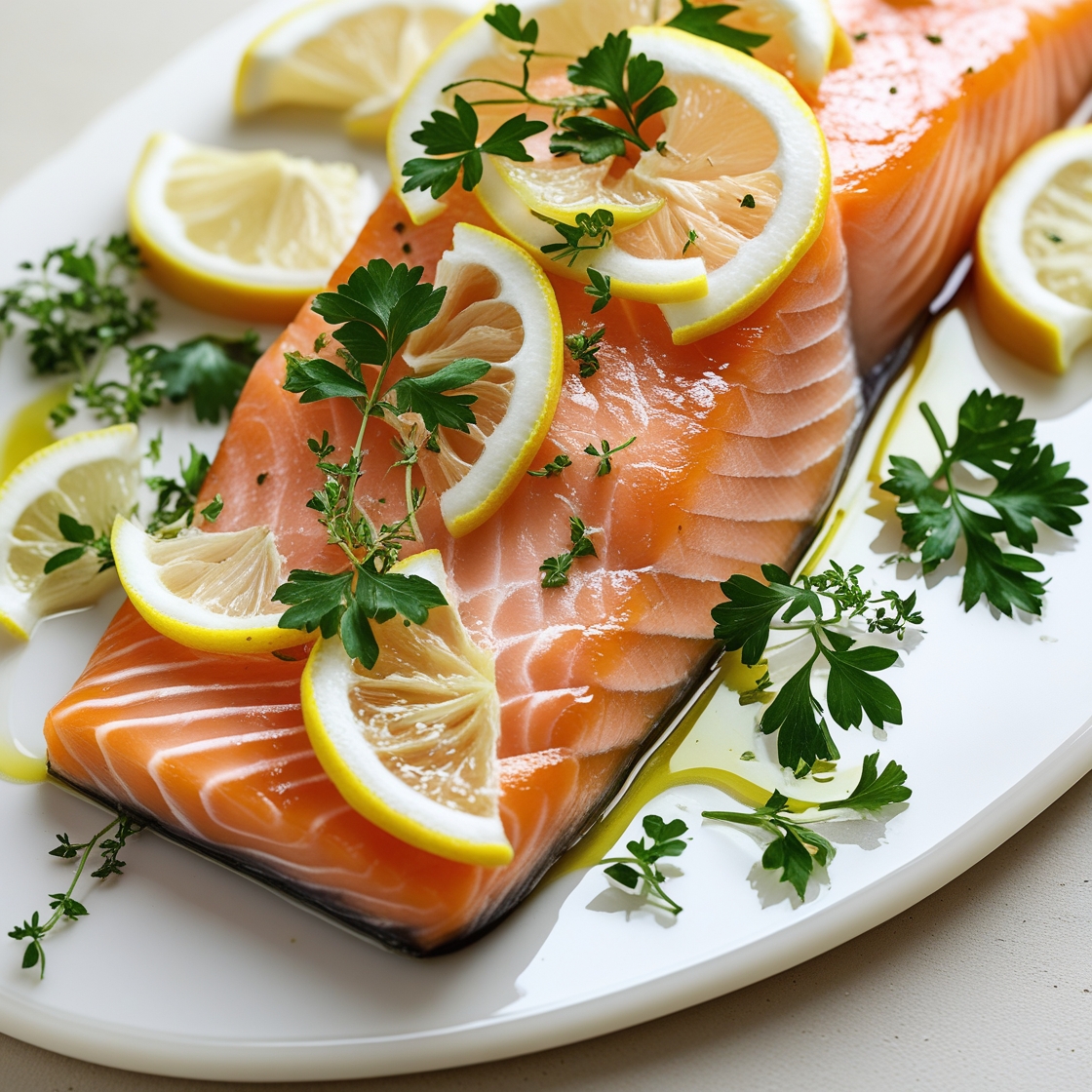
Maintaining mental health is essential for sustained energy levels. Stress, anxiety, and depression can drain your energy and affect your overall well-being. Here are some tips to support mental health through diet:
Eat Regularly
Skipping meals can lead to low blood sugar levels, which can affect your mood and energy. Aim to eat balanced meals and snacks throughout the day to keep your blood sugar stable.
Include Omega-3 Fatty Acids
Omega-3 fatty acids, found in fatty fish, walnuts, and flaxseeds, support brain health and can help reduce symptoms of depression and anxiety.
Limit Sugar and Processed Foods
High sugar and processed foods can lead to energy crashes and mood swings. Opt for whole, nutrient-dense foods to support stable energy levels and mental clarity.
Discover more about mental well-being in our Mindful Eating Guide.
Quality of Life and Energy
Quality of life is closely linked to energy levels. Here are some tips to enhance your quality of life through diet:
Practice Mindful Eating
Mindful eating involves paying attention to your food, savoring each bite, and listening to your body’s hunger and fullness cues. This practice can help you make healthier choices and enjoy your meals more.
Plan and Prepare Meals
Planning and preparing meals in advance can help you make healthier choices and avoid relying on processed foods. Set aside time each week to plan your meals and snacks.
Stay Active
Regular physical activity supports overall health and energy levels. Aim for at least 30 minutes of moderate exercise most days of the week.
For more tips on improving your quality of life, check out our Wellness Tips.
Credible Sources for Additional Information
For more information on how to eat for energy and overall well-being, check out these reputable sources:
- Harvard Health: Nutrition and Energy.
- Mayo Clinic: Healthy Eating for Energy.
RECENT POST:
Taking Action: Your Next Steps
Now that you have the tools to eat for energy, it’s time to put them into practice. Start by incorporating these energy-boosting foods into your daily routine and paying attention to how they make you feel. Remember, small changes can lead to significant improvements in your energy levels and overall well-being.
Try adding one new energy-boosting food to your diet this week and notice the difference it makes in your energy levels. Share your experiences in the comments below, and don’t forget to share this article with friends and family to spread the knowledge. For more insightful content on maintaining a healthy lifestyle, explore our website and continue your journey towards optimal health and happiness.
If this article inspired you, share it with a friend or family member who could use a little exercise motivation. And don’t forget to subscribe to Morningscape Mindset Media for more motivational and inspiring content to help you live your best life.
MORE ABOUT:
HEALTH / WELLNESS / FITNESS / NUTRITION
SHARE TIS ARTICLE

